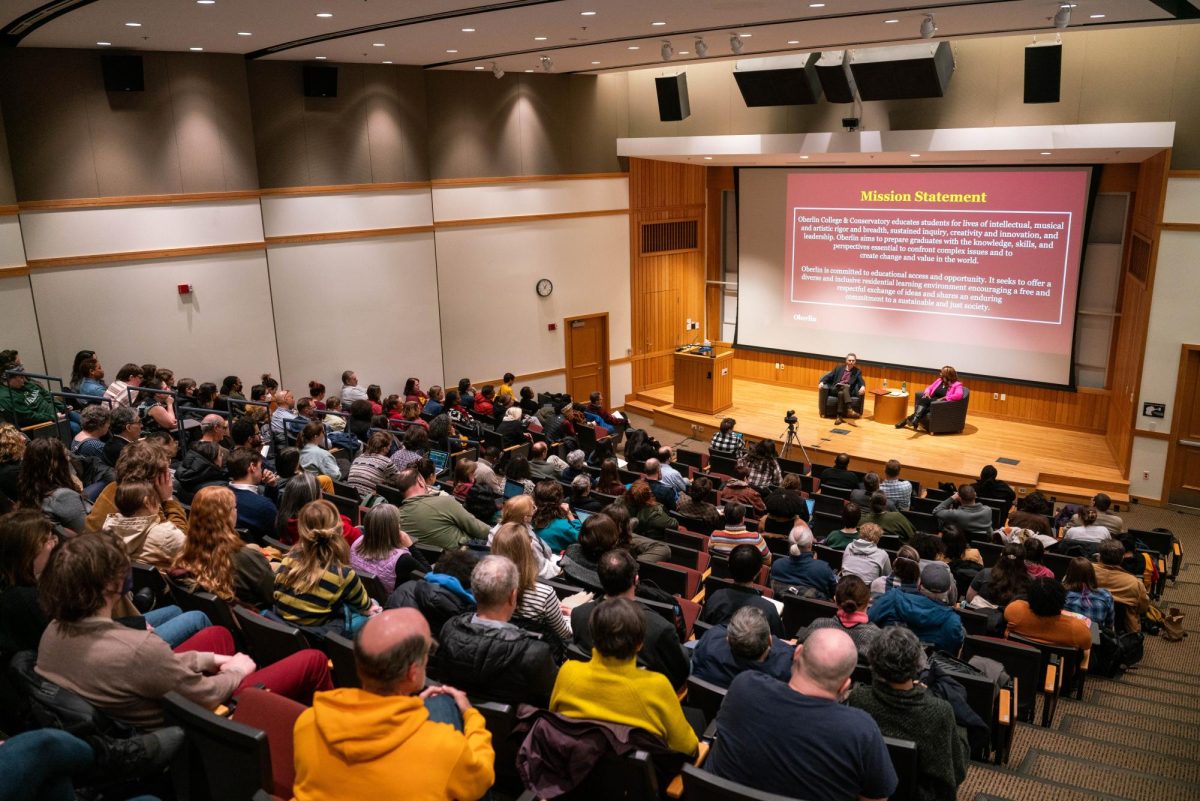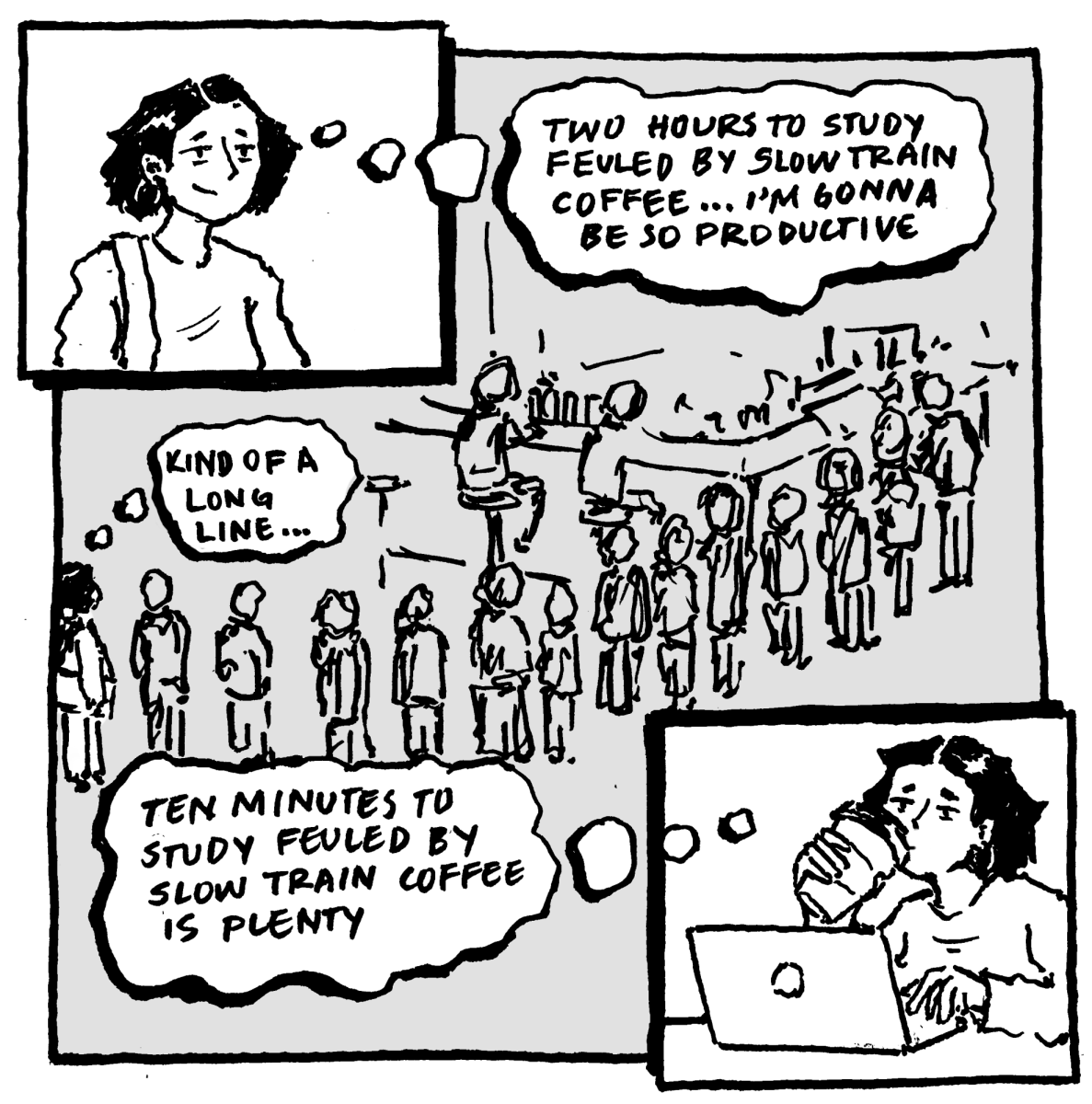Parties Clash Over Redistricting Proposal
September 26, 2014
A committee of the Ohio Constitutional Modernization Commission, scheduled to meet on Sept. 11, was called off due to disagreements among mostly Republican lawmakers on how to proceed.
The redistricting proposal due to be finalized by this committee would have created a bipartisan panel to draw up Ohio districts. This map would then require at least one minority party vote to take effect.
Without this proposal, the debate over Ohio’s redistricting process will continue, and legislators will be unlikely to propose the new plan on the 2015 ballot.
Fred Mills, a former GOP legislative staff member who now heads the committee, canceled the meeting when he found that there was little consensus on how the redistricting proposal should be set out. Mills told the Columbus Dispatch that he is planning to move the meeting to October, but is waiting to hear a decision from Republican leaders.
The issues of contention have been the number of minority votes that should be required to pass the redistricting map and the procedures used for when committees reach an impasse. While Democrats have said that they are willing to go forward with a map that only requires one minority party vote for approval, Republicans have been much slower to reach a resolution.
According to Ohio Democratic Representative Dan Ramos, the Republican leaders are purposefully delaying the vote.
“In 2012, Democrats in Ohio secured more total votes for Ohio House and U.S. House races than their Republican counterparts, but hold just 40 percent and 25 percent of the seats in these bodies,” Ramos said in an email to the Review. “Given these facts, it is no surprise that Republican leaders continue to hold up this process, as it directly threatens their ability to win elections.”
Oberlin College Democrats Co-Chair and College sophomore Ben Miles said the delay by Republicans is “clearly a political move.” Miles went on to say that Republicans have used their power over the appointment board to make districts into “ridiculous shapes that look like snakes.”
“Under this system, even though Ohio votes will keep being 50–50, Republicans will always get a two-thirds majority in districts,” Miles said.
The alterations Miles referred to are largely prevalent in the state’s first and second districts, where areas have been altered to make already strong Republican foundations even firmer. Others, like John Boehner’s eighth district, have seen almost no change at all, giving their incumbents almost guaranteed wins.
Lorain County’s ninth district is perhaps the most “snake-like” of all the Ohio districts. In an effort to consolidate Democratic Representative Marcy Kaptur and former representative Dennis Kucinich into the same district, the ninth district stretches over 120 miles across the Lake Erie shore, at one point being connected only by a 20 yard-wide bridge and a beach that is occasionally flooded.
This process of redrawing districts to benefit the majority party, commonly known as gerrymandering, is considered to be one of the leading contributors to the steep decline in voting in U.S. districts.
According to a recent article in The New York Times, the proportion of counties in the U.S. won by a margin of less than 10 percent has dropped from 35 percent in 1996 to 18 percent in 2012, meaning that here are now fewer competitive districts than there once were. Though gerrymandering is not the sole cause of this problem, experts have determined that is a major factor for heavily afflicted states like Ohio.
Other Republicans, such as Ohio State House Representative Matt Huffman, have recognized the need for coming up with a solution to the disagreement over how to draw districts that would not result in further gerrymandering.
“If we have no way to resolve [the disagreement], it means the federal court is going to draft the districts. I don’t want to turn state business over to federal courts,” Huffman told the Columbus Dispatch.
However, others, such as Miles, are less wary of the court system.
“At this point, even if Ohio was forced to yield to the federal courts, it would be much more fair and nonpartisan than what we have now,” said Miles. “The only reason an impasse would happen is if Republicans disagreed to allow a minority party vote.”






















